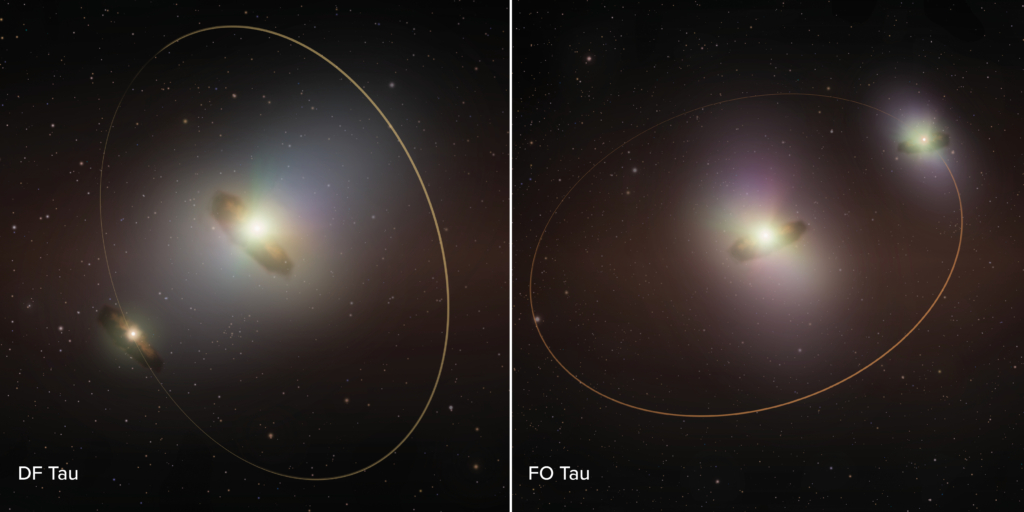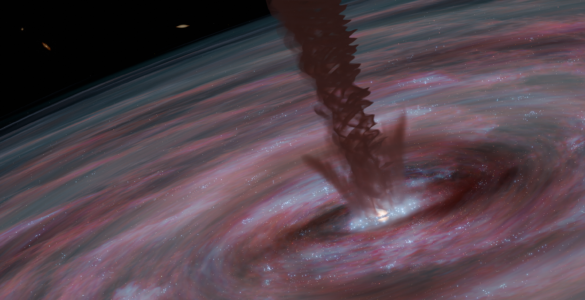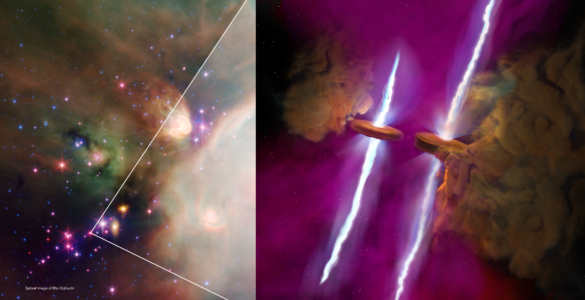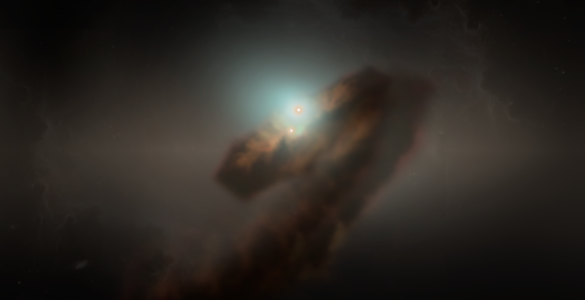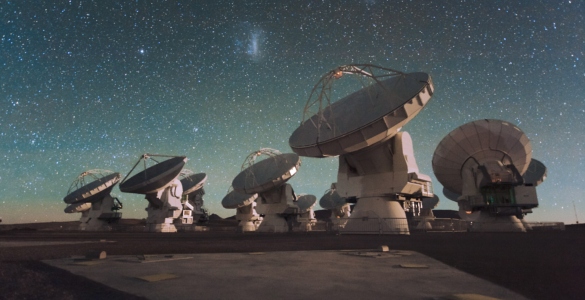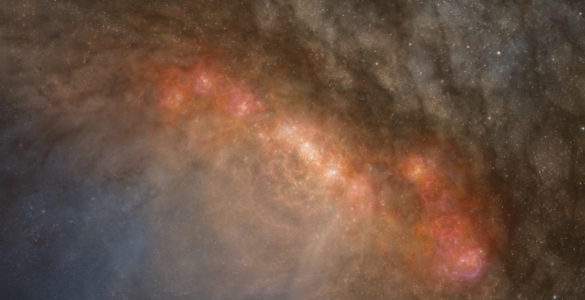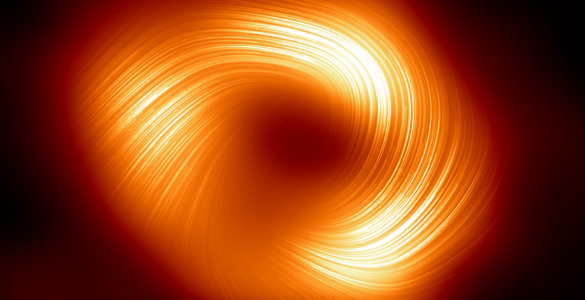At the 244th meeting of the American Astronomical Society (AAS), researchers unveiled groundbreaking findings from a pioneering high-angular resolution program that sheds new light on the process of planet formation in circumstellar disks around young stars in binary systems. Leveraging the unparalleled capabilities of the U.S. National Science Foundation’s National Radio Astronomy Observatory’s Atacama Large Millimeter/submillimeter Array (ALMA) and near-infrared, component-resolved spectroscopy at the Keck II 10-meter telescope, the study offers a transformative understanding of the conditions that nurture or inhibit planet formation.
Primordial disks of gas and dust around young stars have long been recognized as the sites of planet formation. However, the conditions that ensure disk lifetimes adequate for planet formation, and the triggers that lead to their early disk dissipation, have remained elusive. Circumstellar disks in pre-main sequence binary systems provide a unique and ideal laboratory to explore these questions. By analyzing disk properties—such as size, substructure, and inclination—in relation to stellar characteristics like rotation speed and magnetic field strength, researchers are beginning to decode the complex interplay that governs these stellar environments. Binary and multiple star systems are extremely common, underscoring the significance of their study.
This innovative research combines millimeter imaging of circumstellar disks with ALMA and high-resolution spectroscopy of young stars using Keck with the NIRSPEC spectrometer. By focusing on binaries with relatively well-determined orbits, the team can control for orbital parameters and highlight critical relationships between the properties of circumstellar disks and their host stars.
The study’s detailed examination of the DF Tau binary, quasi-twin stars with an average separation of 14 astronomical units (where 1 au equals the Earth-Sun distance) in an elongated orbit, reveals cool dust in two circumstellar disks detected by ALMA. One disk is magnetically locked to its central star and is actively accreting material onto the star, while the inner region of the other disk appears to have eroded and decoupled from its rapidly rotating central star, suggesting a potential link between stellar rotation, magnetic disk locking, and early disk dissipation. Misalignments between DF Tau’s orbit, circumstellar disks, and stellar inclinations may impact the disk evolution.
In contrast, another young star twin, FO Tau, a 22 au binary in a more circular orbit, displays ALMA-detected disks well-aligned with the binary orbit. Both components exhibit modest rotation speeds and appear to be magnetically locked to their disks. These observations reveal similar behavior in both disks and stars, providing fresh insights into the dynamics of disk longevity and dissipation.
High-angular resolution observations from ALMA have shown intricate disk sub-structures, including spiral patterns, gaps, and ring formations around single stars and wide binary companions. Although disk substructures are as yet unresolved in DF Tau and FO Tau, the ability to determine bulk disk properties in close binary systems marks a significant advance in our understanding of planet formation environments.
Supported in part by U.S. National Science Foundation awards AST-1313399 and AST-2109179, this research reveals unique progress in the field of astronomy. The insights gained not only enhance our comprehension of circumstellar disk dynamics but also pave the way for future discoveries in the mechanisms of planet formation.
This work was also supported by a NASA Keck PI Data Award, administered by the NASA Exoplanet Science Institute. Data presented herein were obtained at the W. M. Keck Observatory from telescope time allocated to the National Aeronautics and Space Administration through the agency’s scientific partnership with the California Institute of Technology and the University of California. The Observatory was made possible by the generous financial support of the W. M. Keck Foundation. The authors wish to recognize and acknowledge the very significant cultural role and reverence that the summit of Maunakea has always had within the indigenous Hawaiian community. We are most fortunate to have the opportunity to conduct observations from this mountain.
About ALMA & NRAO
The Atacama Large Millimeter/submillimeter Array (ALMA), an international astronomy facility, is a partnership of the European Organisation for Astronomical Research in the Southern Hemisphere (ESO), the U.S. National Science Foundation (NSF) and the National Institutes of Natural Sciences (NINS) of Japan in cooperation with the Republic of Chile. ALMA is funded by ESO on behalf of its Member States, by NSF in cooperation with the National Research Council of Canada (NRC) and the National Science and Technology Council (NSTC) in Taiwan and by NINS in cooperation with the Academia Sinica (AS) in Taiwan and the Korea Astronomy and Space Science Institute (KASI).
ALMA construction and operations are led by ESO on behalf of its Member States; by the National Radio Astronomy Observatory (NRAO), managed by Associated Universities, Inc. (AUI), on behalf of North America; and by the National Astronomical Observatory of Japan (NAOJ) on behalf of East Asia. The Joint ALMA Observatory (JAO) provides the unified leadership and management of the construction, commissioning and operation of ALMA.
NRAO is a facility of the National Science Foundation, operated under cooperative agreement by Associated Universities, Inc.
For Press & Media Inquiries Contact:
Corrina Jaramillo Feldman
Public Information Officer – New Mexico
VLA, VLBA, ngVLA
cfeldman@nrao.edu
505-366-7267


